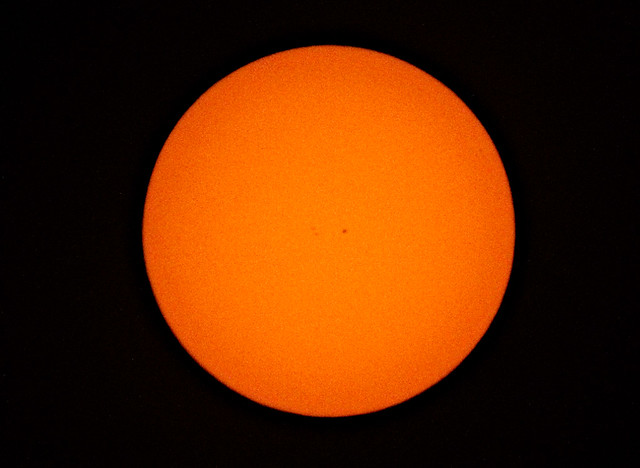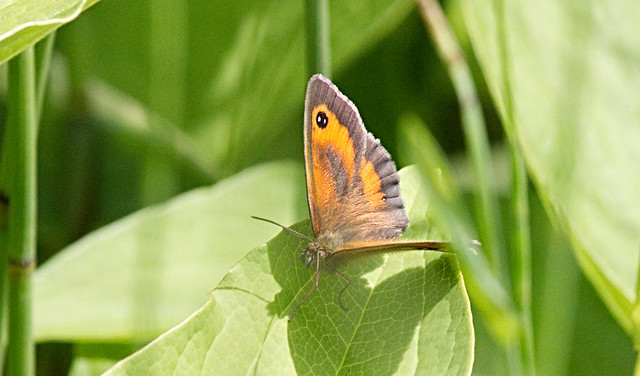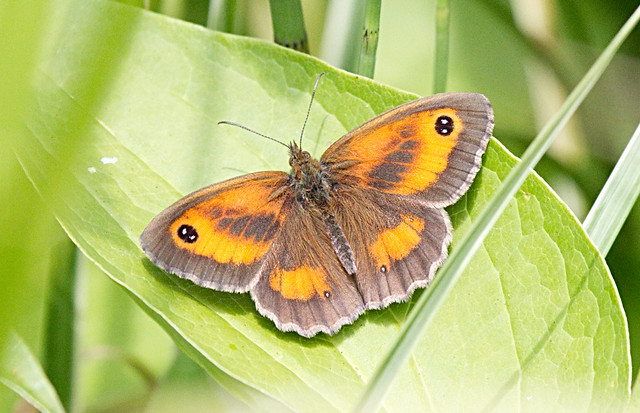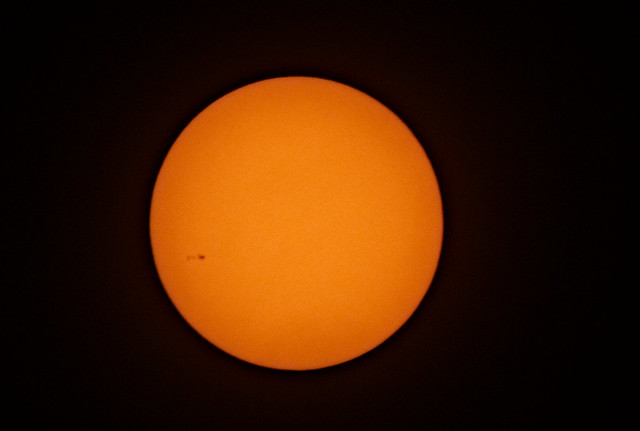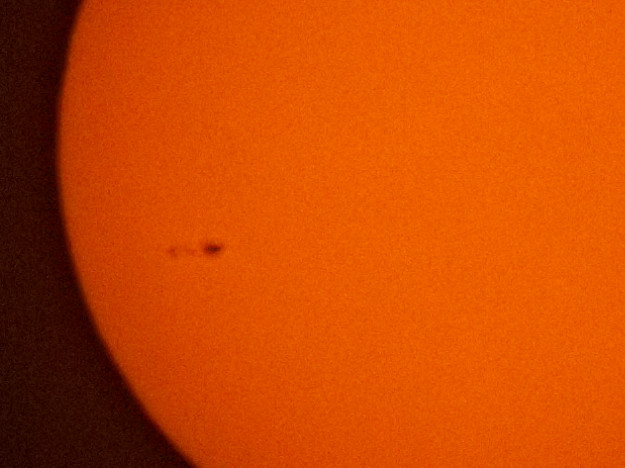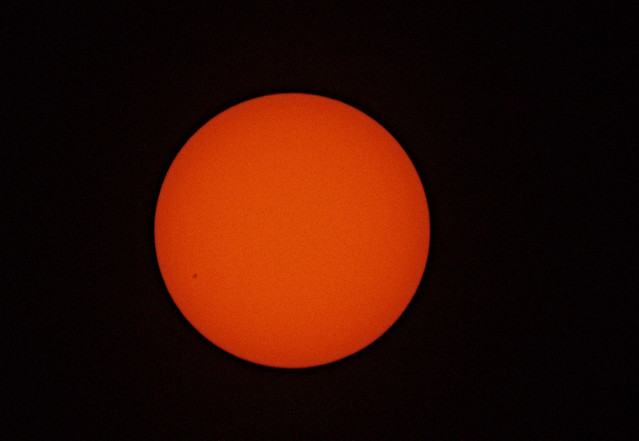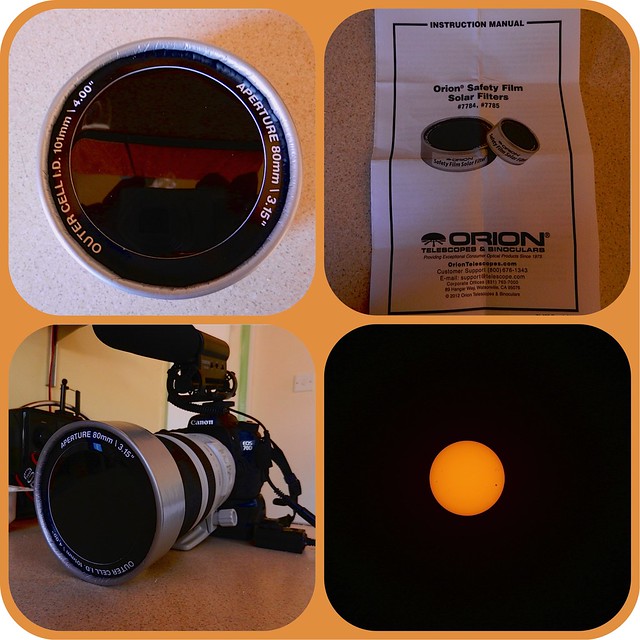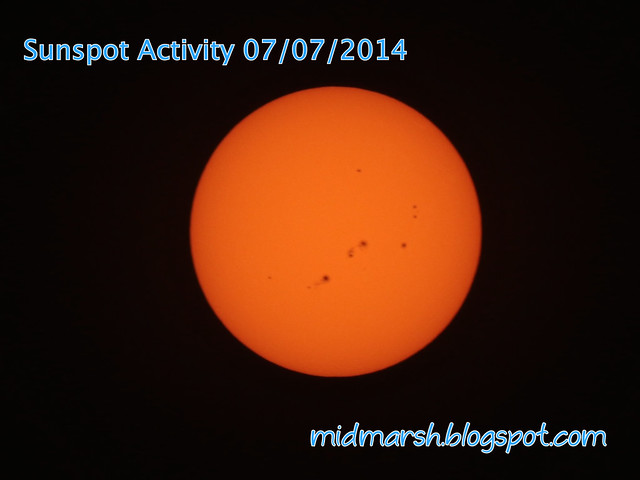
All of them, well, all the major parts of each visible Sunspot. Sunspots are numbered consecutively as they are observed. They are give an AR number. (AR = Active Region)

Some regions start small and then peter out so it is possible that there can be gaps in AR numbers of those in view at any one time. Even with a 400mm telephoto lens the Sun takes up a small section of a photograph so the above are cropped sections. The most important safety feature used when directly observing the Sun is the use of a Solar filter which is designed to cut the brilliance down to a safe level.

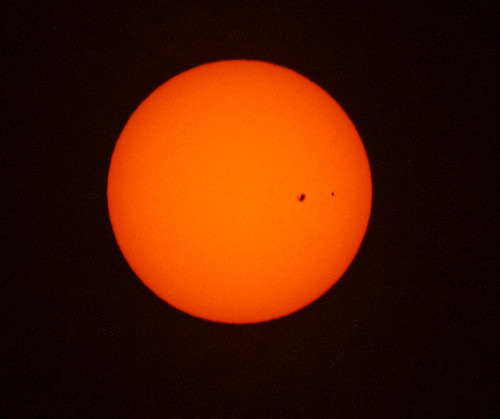
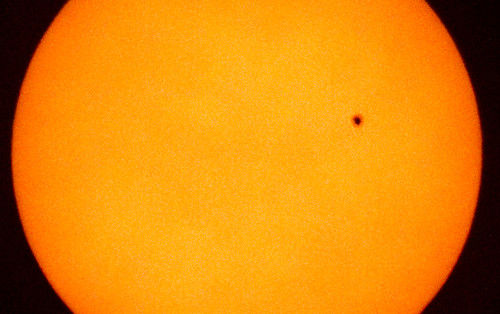
 ,
,